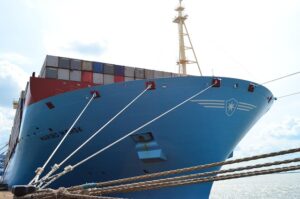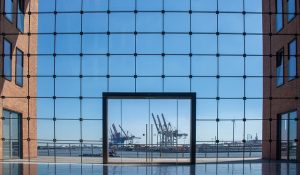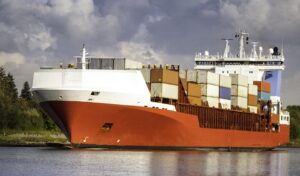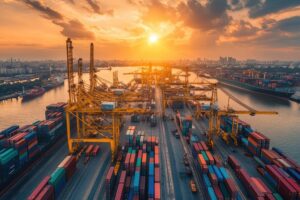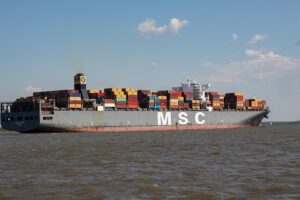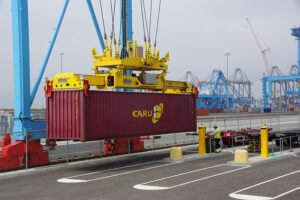Shipping containers play a crucial role in global trade, but traditional containers face challenges in extreme conditions. To overcome this, industries are adopting advanced solutions like reinforced shipping containers, which offer enhanced safety and durability through steel reinforcement techniques. These modified containers can handle high-pressure compression and rough seas, accommodating larger cargoes as evidenced by growing ISO dimensions. Their robust construction reduces damage risk during transport, saves costs, and minimizes delays, making them versatile for various applications including machinery, equipment, and temporary shelters. Customizable options and readily available rental services further highlight their flexibility in modern logistics.
Shipping containers have long been a cornerstone of global trade, but traditional designs face limitations in terms of impact resistance and compression strength. This article explores reinforced shipping containers, which leverage advanced reinforcement techniques to significantly enhance these crucial aspects. We’ll delve into the understanding of shipping containers’ inherent weaknesses, the strategic role of reinforcement, and the extensive benefits and diverse applications of these strengthened cargo carriers, revolutionizing logistics and supply chain efficiency.
- Understanding Shipping Containers and Their Limitations
- The Role of Reinforcement in Enhancing Container Strength
- Benefits and Applications of Reinforced Shipping Containers
Understanding Shipping Containers and Their Limitations
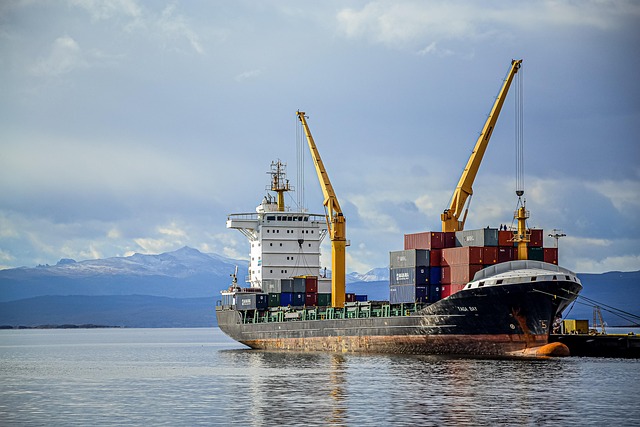
Shipping containers are integral to global trade and logistics, facilitating the efficient transport of cargo across borders. They offer a standardized, modular, and cost-effective solution for storing and moving goods. However, despite their widespread use, traditional shipping containers have limitations when it comes to extreme conditions. They may not adequately protect against intense impacts or high-pressure compression, which can be problematic during rough sea voyages or in areas with challenging terrain.
These containers, often referred to as cargo shipping containers, sea shipping containers or intermodal shipping containers, typically follow the ISO (International Organization for Standardization) dimensions and standards. Their design focuses on stackability and ease of transport but may lack robust reinforcement for specialized cargo requiring enhanced safety. As a result, industries are increasingly seeking advanced solutions like reinforced shipping containers to cater to specific logistical needs, ensuring shipping container logistics remain seamless even under demanding circumstances.
The Role of Reinforcement in Enhancing Container Strength
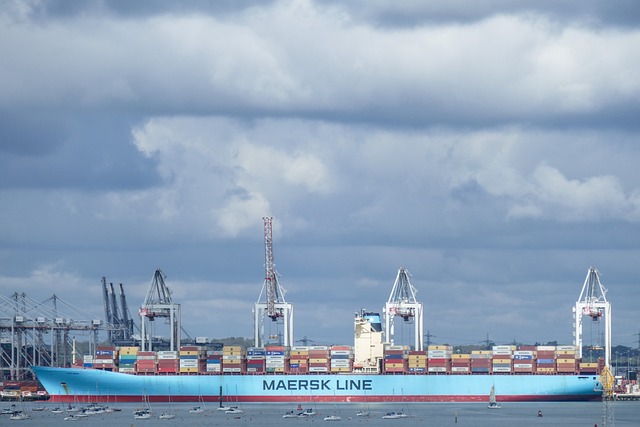
The strength and durability of shipping containers are no longer solely dependent on their base materials. Reinforcement plays a pivotal role in enhancing their impact and compression resistance, ensuring they can withstand the rigors of global transportation and storage. By integrating robust structural elements like steel beams, braces, and reinforced corners, these intermodal shipping containers become significantly more resilient to external forces. This reinforcement is particularly crucial for sea shipping containers, which often face extreme weather conditions during transit.
This added structural integrity not only boosts the overall strength of cargo shipping containers but also allows them to accommodate larger and heavier loads within safe limits. ISO shipping container dimensions and capacities have increased over time due to these advancements in reinforcement techniques, making them versatile storage solutions for various industries. Shipping container logistics, including rental and leasing services, transport, and storage at depots, greatly benefit from this enhanced strength, enabling efficient movement of goods across global supply chains while ensuring the safety and integrity of the containers.
Benefits and Applications of Reinforced Shipping Containers
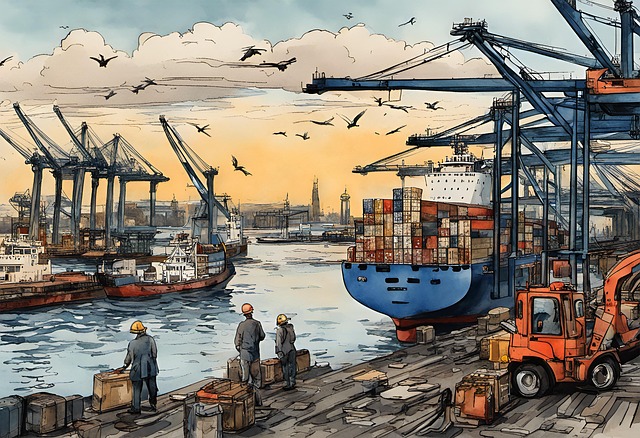
Reinforced shipping containers provide a range of benefits that make them indispensable in modern logistics and supply chain management. These containers are designed with enhanced impact and compression strength, ensuring the safe transportation of goods over long distances. Their robust construction allows for the efficient handling of heavy cargo, reducing the risk of damage during intermodal shipping, sea shipping, or land transport. This durability not only saves on costs associated with container repairs or replacements but also minimizes delays caused by damaged containers at ports and warehouses.
The versatility of reinforced shipping containers opens up a wide range of applications across various industries. They are ideal for transporting large machinery, industrial equipment, and oversized cargo due to their superior strength and customizable dimensions (including standard ISO shipping container sizes). These containers can be readily rented or leased from reliable suppliers, making them a flexible solution for short-term storage or long-term logistics operations. Beyond transportation, reinforced shipping containers serve as valuable storage solutions in warehouses, manufacturing facilities, and even as temporary shelters due to their durability and weather resistance. The shipping container industry continues to evolve with innovative modifications and accessories that further enhance functionality, making them a cornerstone of global trade and commerce.
Shipping containers have revolutionized global trade, but traditional designs face limitations. By incorporating reinforcement techniques, we enhance their impact and compression strength, ensuring safer transportation for diverse goods. Reinforced shipping containers offer numerous benefits, from protecting valuable cargo to expanding versatile applications across industries. This evolution in container design promises a more efficient and secure future for international trade.
